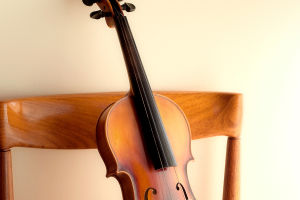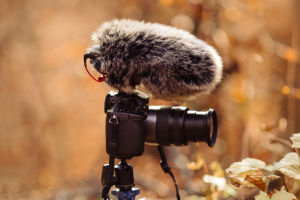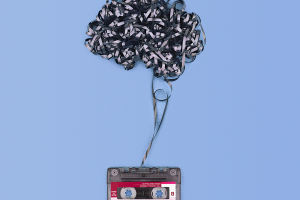Hi Lykkers! Flower photography is an art form that requires patience, precision, and a keen eye for detail.
Capturing the beauty of flowers, whether in your garden or during a hike, involves more than just pointing your camera at a bloom.
Let's find into five specific, expert-backed tips to enhance your flower photography skills and help you create images that are both unique and visually stunning!
1. Harness the Magic of Golden Hour Light
Lighting is everything in photography, and when it comes to flowers, the magic hour—the first hour after sunrise or the last hour before sunset—provides the best natural light. The soft, warm glow of the golden hour adds depth and dimension to the flower’s petals, giving them a gentle glow that’s hard to replicate in any other light conditions.
This diffused light reduces harsh shadows and overexposure, allowing the subtle details of a flower to come to life. For instance, a rose at golden hour may reveal textures and vibrant hues that harsh midday light might wash out. Aim for low angles where the light can illuminate the edges of petals and stems for an ethereal, almost glowing effect.
2. Get Up Close with a Macro Lens
For flower photography, getting intimate with your subject is key. A macro lens lets you explore the hidden details that make flowers truly captivating—whether it’s the dew on a petal or the tiny veins running through the leaves. Instead of just snapping a picture of a flower from afar, get as close as your lens will allow and focus on the finer points that often go unnoticed. A macro lens with a focal length between 90mm to 105mm offers a perfect balance of detail and versatility.
Make sure your focus is sharp on the most important features, like the pistils or stamens, and don’t be afraid to experiment with different compositions, like isolating a single petal or capturing the texture of a single leaf.
3. Master Composition with the Rule of Thirds
The composition of your flower photograph plays a significant role in how the image feels to the viewer. The rule of thirds, a principle borrowed from painting and visual arts, can help you avoid static, overly symmetrical images. Divide your frame into nine equal parts with two horizontal and two vertical lines.
Instead of placing the flower directly in the center, position it along one of these lines or at one of their intersections. This approach draws the viewer’s eye naturally to the flower while leaving room for the surrounding environment. Additionally, make sure the background doesn’t overpower the subject. Use a neutral backdrop or experiment with the bokeh effect, where the background blurs out into soft circles, helping the flower stand out even more.
4. Explore Unconventional Angles
A typical flower photograph is often taken straight on, but this viewpoint doesn’t always reveal the true beauty of the bloom. To make your shots more dynamic, step out of the usual frame of reference. Instead of shooting from eye-level, try getting a low-angle shot that looks up at the flower. This perspective not only makes the flower appear more dramatic but also captures the sky or the play of light behind it.
Alternatively, try shooting from above to showcase the symmetry of the flower, especially with blossoms like daisies or lilies. The idea is to find an angle that highlights the flower’s unique features—whether it’s the delicate curve of the petals or the intricate patterns within the bloom.
5. Use a Shallow Depth of Field for Artistic Focus
One of the most effective ways to isolate your flower and make it the focal point of your image is by using a shallow depth of field. A shallow depth of field (achieved by using a wide aperture, such as f/2.8 to f/5.6) helps blur the background, creating a creamy, out-of-focus backdrop that contrasts beautifully with the crisp details of the flower. This technique is particularly useful for creating a sense of intimacy with your subject.
Focusing sharply on one part of the flower—such as the stamen or the tip of a petal—and allowing the rest to fade out, you draw attention directly to the subject. Just be sure to focus precisely on the part you want sharp, as shallow depth of field requires careful attention to detail.
Mastering flower photography goes beyond just pointing and shooting. By paying attention to the lighting, utilizing a macro lens for close-up shots, applying strong compositional techniques like the rule of thirds, and experimenting with angles and depth of field, you’ll start to capture flowers in a way that feels fresh and captivating.
Remember, it’s not just about photographing a flower; it’s about telling a story through its intricate details, colors, and textures. With practice, these tips will help you produce more dynamic, visually rich flower photographs that stand out from the typical shots. Happy shooting!


